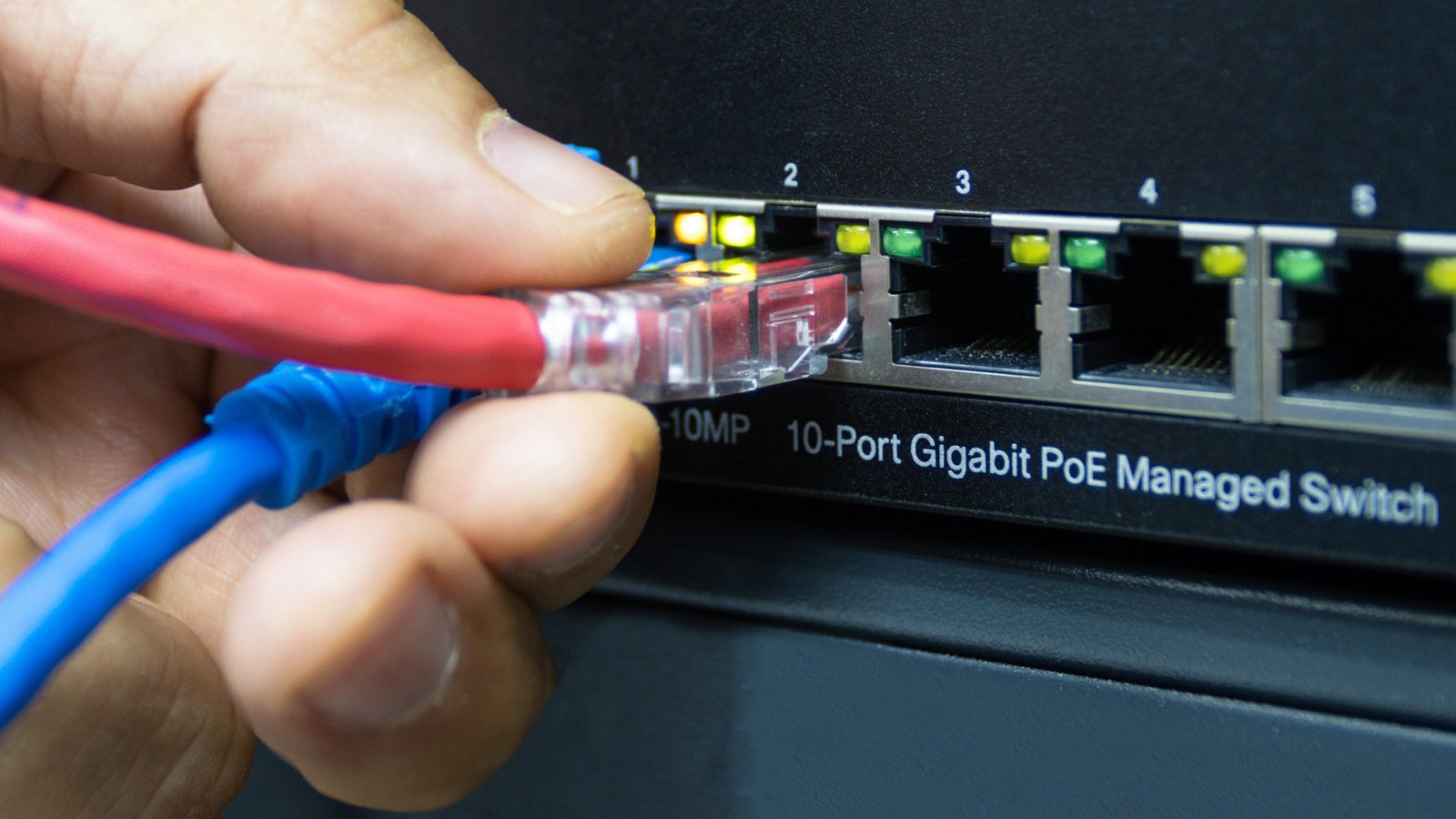In today’s hyper-connected business landscape, network downtime isn’t just an inconvenience—it’s a costly disaster. According to Gartner, the average cost of IT downtime is $5,600 per minute, which can escalate to millions for large enterprises.
Reactive IT support is no longer enough. Businesses need proactive network monitoring—a strategy that detects and resolves issues before they disrupt operations.
But what exactly is proactive network monitoring, and how does it work? More importantly, how can it save your business time, money, and frustration?
Let’s dive in.
What Is Proactive Network Monitoring?
Proactive network monitoring is the practice of continuously scanning, analyzing, and optimizing network performance to identify and resolve potential issues before they cause outages. Unlike traditional reactive monitoring (which only acts after a failure occurs), proactive monitoring uses real-time data, AI-driven alerts, and predictive analytics to prevent problems.
Key Features of Proactive Monitoring:
✔ 24/7 Network Surveillance – No blind spots, even outside business hours.
✔ Automated Alerts – Instant notifications for anomalies like latency spikes or bandwidth overload.
✔ Predictive Analytics – Uses historical data to forecast potential failures.
✔ Automated Remediation – Some systems can fix issues without human intervention.
Why Proactive Monitoring Beats Reactive IT Support
1. Prevents Costly Downtime
A single hour of downtime can cost small businesses $10,000+ and enterprises over $1 million. Proactive monitoring stops outages before they happen, keeping operations smooth.
2. Boosts Security & Compliance
Cyberattacks often exploit unnoticed vulnerabilities. Proactive monitoring detects unusual traffic patterns, unauthorized access, and malware before they escalate. It also helps meet compliance requirements (like HIPAA, GDPR, or PCI-DSS).
3. Enhances Performance & User Experience
Slow networks frustrate employees and customers. Proactive tools optimize bandwidth allocation, reduce latency, and improve application performance—keeping productivity high.
4. Reduces IT Team Burnout
Instead of firefighting emergencies, IT staff can focus on strategic projects, thanks to automated monitoring and early warnings.
How Proactive Network Monitoring Works
Step 1: Real-Time Data Collection
Monitoring tools track network traffic, device health, server performance, and security logs in real time.
Step 2: AI-Powered Analysis
Advanced systems use machine learning to detect patterns and predict failures (e.g., a server nearing capacity).
Step 3: Instant Alerts & Automated Fixes
IT teams get notified of issues before users notice them. Some systems can even auto-restart services or reroute traffic.
Step 4: Detailed Reporting & Optimization
Regular reports highlight trends, helping businesses upgrade infrastructure before problems arise.
Top Tools for Proactive Network Monitoring
| Tool | Best For | Key Feature |
|---|---|---|
| SolarWinds NPM | Enterprises & MSPs | AI-powered root cause analysis |
| PRTG Network Monitor | SMBs & scalable monitoring | Customizable dashboards & sensors |
| Nagios XI | IT teams needing deep diagnostics | Advanced alerting & capacity planning |
| Datadog | Cloud & hybrid environments | End-to-end visibility & APM integration |
Best Practices for Effective Proactive Monitoring
✅ Monitor Everything – Cover servers, routers, switches, cloud services, and endpoints.
✅ Set Smart Thresholds – Avoid false alarms by fine-tuning alert triggers.
✅ Integrate with IT Service Management (ITSM) – Link monitoring tools with ticketing systems like ServiceNow.
✅ Conduct Regular Audits – Update monitoring rules as your network evolves.
Conclusion: Don’t Wait for Disaster—Prevent It
Proactive network monitoring isn’t a luxury—it’s a competitive necessity. Businesses that adopt it enjoy fewer outages, stronger security, and happier users.
The best part? You don’t need an in-house IT army to implement it. Managed Service Providers (MSPs) offer affordable, enterprise-grade monitoring tailored to your needs.
Is your network running smoothly—or are you one glitch away from a costly outage?
